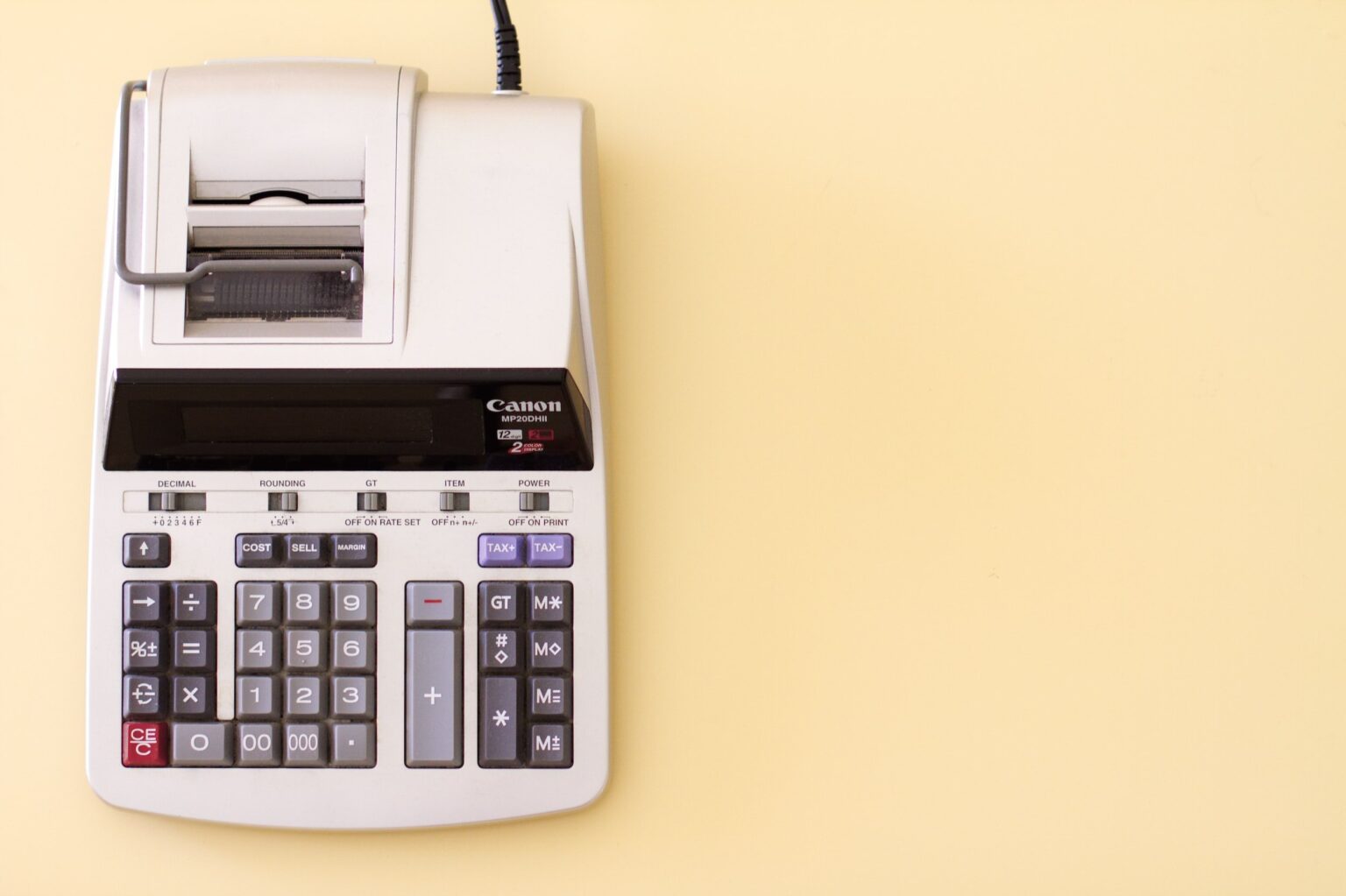When it comes to financial reports, small-business owners are usually comfortable reading balance sheets and income statements, but they aren’t always sure about the statement of cash flow. Today, we’ll discuss what a cash flow statement is, how it differs from a balance sheet and income statement, and how to read the report.
What is a cash flow statement?
The cash flow statement shows us what transactions affected a business’s cash accounts during a set period and how effectively and efficiently a company can use its cash to finance its operations and expansions. We use cash flow statements to answer five questions:
- How much cash was generated and used by operations?
- What was the source of any cash invested in new assets?
- How was the cash raised?
- Was the company’s cash balance lower than in the previous period? If so, why?
- How was the company able to pay dividends?
How is a cash flow statement different from a P&L or balance sheet?
Like the cash flow statement, a balance sheet measures a company’s financial health at a certain point, but the balance sheet focuses on the business’s assets, liabilities, and equity and answers four questions:
- Can the company meet its financial obligations?
- How much money has been invested in the company?
- Is the company overly indebted?
- What kind of assets has the company bought?
The income statement (also known as the profit and loss statement or the statement of operations) shows the company’s revenues earned during a set period, the expenses incurred to produce that revenue, and the income or loss for that period. An income statement focuses on one question:
- Is this company profitable?
So although the information reported on balance sheets, income statements, and cash flow statements overlaps, each report helps us answer different questions about our businesses so we can track the financial health of our companies and make effective business decisions.
How do we read a cash flow statement?
A cash flow statement has four parts:
Cash flows from operating activities
Operating activities includes any cash generated or used by the company’s products or services, so this section includes both income and expenses. The operating activities section starts with the net earnings figure from the income statement. For rental property owners, the operating activities may include the following:
- Rents received
- Security deposits
- Payments made to contractors
- Credit card balances
- Depreciation expenses
- Tax payments
- General operating expenses
Cash flows from investing activities
The investing activities section relates to any purchase or sale of investments. Any assets sold or bought or any loans received from investors or financers fall in this category. Increases in investing activities generally decrease a company’s cash flow, but they may indicate that the company is investing in its operations. Rental property owners will find these items in the investing section:
- Property purchases
- Capital improvement expenditures
- Vehicle and equipment purchases
Cash flows from financing activities
Financing activities show the source of funds from banks, lenders, or investors. This section also shows how cash is paid to any shareholders and how debts are repaid. Look in the financing section to see liability and equity balances:
- Loan balances
- Owner investments
- Bank balances
Cash accounts
The final section of the cash flow report lists the balances of a company’s cash accounts, such as operating, savings, and petty cash accounts. The report will list the starting balance, ending balance, and the net change between the two figures for each account, as well as the combined total balance and net change for the accounts.
What does a net positive or negative cash flow tell us?
When a company’s net cash flow is positive, the company has more money coming in than going out during that reporting period. The company has enough cash to fund its operations, pay off debts, and grow the business. But positive cash flow is not the same as being profitable. A business can be profitable without having a positive cash flow.
If the net cash flow is negative, the company isn’t generating enough cash to cover its expenses during that reporting period. However, cash flow differs from profit, so a negative cash flow statement doesn’t necessarily indicate a problem. For example, if an owner takes distributions out of the business, they’ll reduce cash flow. Or when a business expands, its cash flow may suffer in the short term, but as the expansion pays off, the cash flow should improve. Comparing the changes in cash flow from one statement to the next provides investors with a better sense of how the company is performing. Ideally, a company’s cash flow from its operating income should be greater than its net income.
Takeaways
The cash flow statement is one of the three key financial reports for businesses. Cash flow differs from profit, and looking at a cash flow statement alone will not provide all the information needed to determine the financial health of a company. The cash flow statement summarizes the amount of cash moving through the company during a set period. This report focuses on a company’s cash management, complementing the information provided on the balance sheet and income statement.
Explore property management platforms such as REIHub to enhance efficiency, organization, and overall management performance.



